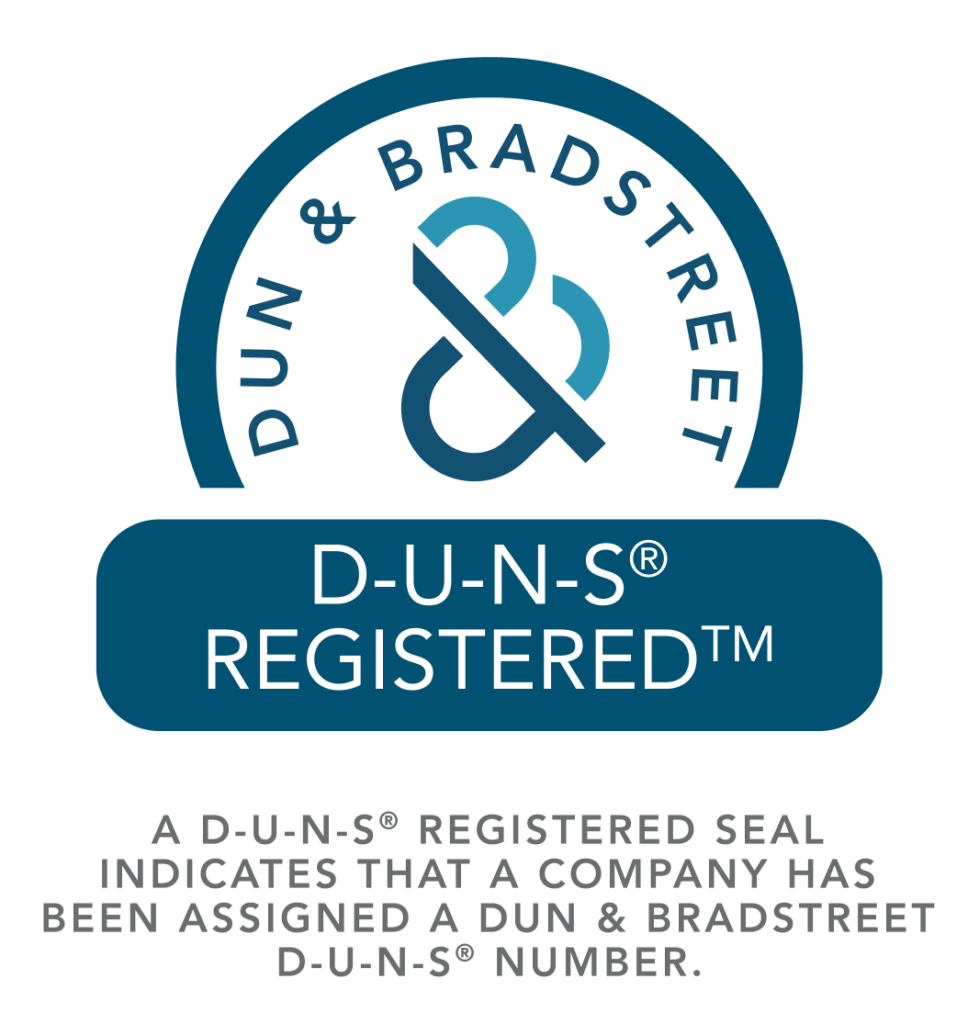Setting up a Robotics and Coding Lab in schools is an exciting venture that can greatly enhance students’ learning experiences. With the help of STEMROBO, a leading provider of educational robotics solutions, this process becomes even more accessible and efficient.
To begin with, it is important to understand the key steps involved in setting up a Robotics Lab. Firstly, consider the physical space required for the lab, ensuring it is equipped with workstations, storage areas, and safety measures. Next, select appropriate robotics kits and coding tools that align with the curriculum and age group of the students.
STEMROBO offers comprehensive solutions for Robotics Lab setup in schools. Their expertise lies in providing high-quality robotics kits, coding platforms, and curriculum support materials tailored to different educational levels. These resources are designed to engage students in hands-on learning experiences that foster critical thinking skills and creativity.
Furthermore, STEMROBO provides training programs for teachers to ensure they are well-equipped to guide students through their robotics and coding journeys. This support enables educators to confidently integrate robotics and coding into their lesson plans while nurturing a passion for STEM subjects among their students.
By setting up a Robotics and Coding Lab in schools using STEMROBO’s resources, you are not only investing in cutting-edge technology but also providing an immersive learning environment that prepares students for future careers in fields such as engineering, programming, and automation.
In conclusion, partnering with STEMROBO ensures a seamless process when establishing a Robotics and Coding Lab in schools. Their expertise combined with high-quality resources empowers both teachers and students to explore the exciting world of robotics while developing essential skills needed for success in the 21st century.
Are you looking to set up a Robotics and Coding Lab in schools? That’s a fantastic initiative! Integrating robotics and coding into educational institutions can have numerous benefits for students. It can enhance their critical thinking, problem-solving, and creativity skills while preparing them for the future job market.
To successfully set up a Robotics and Coding Lab, here are a few key steps you can consider:
1. Define your goals: Clearly identify the objectives and outcomes you want to achieve with the lab. This will help you design a curriculum that aligns with your vision.
2. Assess resources: Evaluate the space, equipment, and budget available to establish the lab. Consider partnering with technology companies or seeking sponsorships to support your efforts.
3. Curriculum development: Create a comprehensive curriculum that covers different levels of robotics and coding skills. Ensure it aligns with the age group of students and meets educational standards.
4. Training and professional development: Provide training sessions for teachers to equip them with the necessary skills to teach robotics and coding effectively. Encourage ongoing professional development to stay up-to-date with the latest trends.
5. Procure equipment: Purchase or lease robotics kits, programming software, laptops, 3D printers, and other necessary equipment. Consider the scalability of your lab to accommodate more students in the future.
6. Create engaging learning experiences: Design hands-on projects and activities that encourage students to apply their knowledge practically. Foster collaboration, creativity, and problem-solving through group projects.
7. Collaborate with experts: Invite professionals from the industry to share their knowledge and expertise with students. This can inspire students and provide real-world insights into robotics and coding.
8. Community involvement: Organize workshops, competitions, or open houses to showcase the achievements of your Robotics and Coding Lab. Involve parents, local businesses, and organizations to create a supportive network.
9. Continuous improvement: Regularly evaluate the effectiveness of your lab by gathering feedback from students, teachers, and parents. Use this feedback to refine your curriculum and enhance the learning experience.
Remember, the success of a Robotics and Coding Lab lies in creating an engaging and inclusive learning environment. By providing students with the opportunity to explore and experiment with technology, you’ll be preparing them for a future that is increasingly driven by robotics and coding. Good luck with your endeavor!






